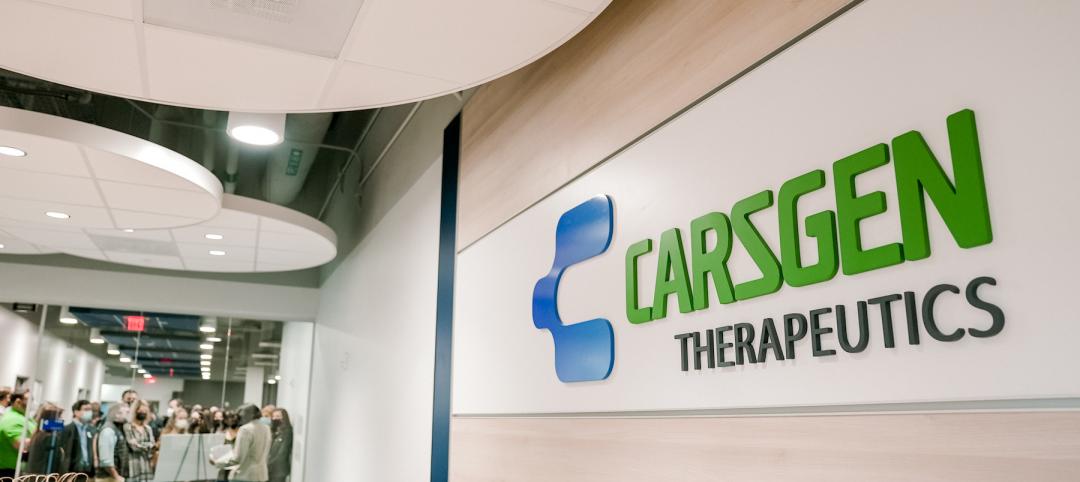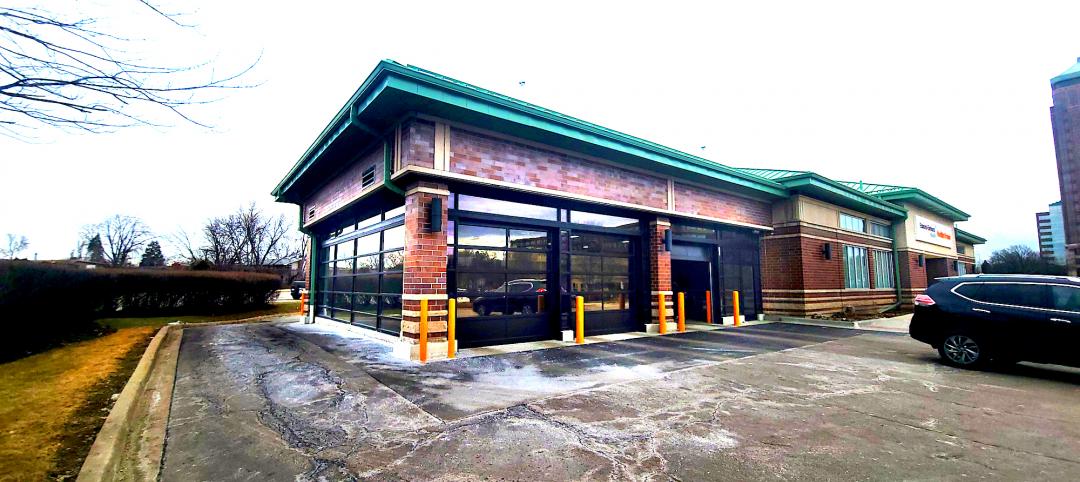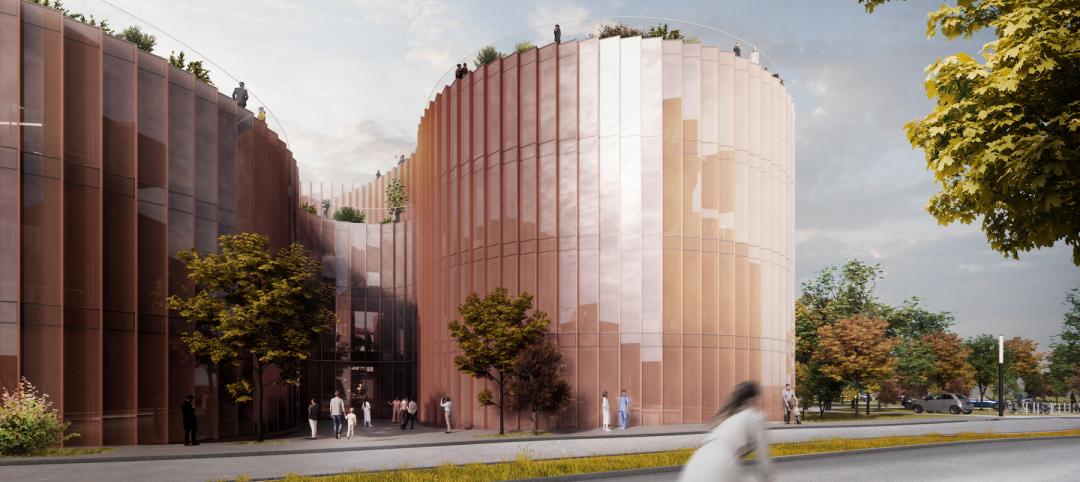Retailers have long learned how to function and adapt to meet their customers’ needs. Competition is fierce and there’s no room for error when it comes to achieving success. Consumers are more informed, connected and empowered than ever before. Thus, retailers have perfected key traits such as branding, standards, speed-to- market, advertising, convenience and site selection. Healthcare systems have much to learn from retail. While they have been laser-focused on delivering exceptional patient care on their primary campuses, they face an onslaught of new challenges as they embrace a retail strategy to expand outpatient services and their ambulatory network.
As healthcare systems add retail locations to improve access, retailers view them as competitors only from a real estate perspective. Traditionally, retailers considered healthcare systems symbiotic partners that could potentially direct new customers to their store. However, in today’s market, retailers are beginning to compete directly with healthcare providers as they add health services to improve access and reach a broader base. Walmart, Target, CVS and Walgreens are just a few that are adding services such as urgent care, lab specimen collection, and even imaging at both new and existing locations. Retail fitness centers are also providing preventive and wellness care to maximize their membership base.
These major retail stores and chains are often found in prime well-established locations with built-in traffic flow and volumes required to succeed. Healthcare systems are now competing with retailers to secure premium locations (i.e., the new corner of Main & Main) where before they only focused on their primary campus and immediate service areas. Competition is coming from all sides and in many ways.
Cost of Entry
Ambulatory locations, and more specifically primary care locations, are typically a loss-leader for healthcare systems and have been a vehicle to open new market doors and drive downstream specialty revenue and inpatient referrals. As such, business plans are extremely tight as healthcare systems look to minimize losses across ambulatory networks. Outpatient centers have traditionally been developed within medical office buildings (MOBs) or spaces dominated by other healthcare services. MOBs typically have an abundant supply of available space within any given real estate market. This fosters favorable real estate economics and lowers operational costs for the development of new healthcare space.
However, MOBs do not offer the best patient convenience and overall experience when compared to other retail options. Therefore, recent trends have seen healthcare systems focusing on ground floor space, shopping centers, strip malls and even pad sites for single-use facilities to provide an easily accessible and convenient retail experience. Unfortunately, these alternatives often come with a major price tag. An internal CBRE study across three major metropolitan markets shows prime retail space lease rates coming in, on average, 20% to 30% higher than comparable space within an MOB.
The required capital to develop this new space is also higher. Tenant improvement allowances are typically 15% to 20% lower and less core infrastructure is provided when compared to an MOB. These factors have a negative impact on new ambulatory business plans and increase the overall cost of entry as well as long-term operational costs.
Price Shopping
Price point matters for consumers in the retail world and it continues to evolve in healthcare as well. The emergence of price shopping and transparency for insurance by consumers, whether through public or private exchanges or traditional products, is having an impact on how consumers are paying for and using healthcare. The most recent signals from the federal government indicate that shopping for insurance is on the rise. Also, dual working households are evaluating cost when deciding which spouse will carry the insurance for the family.
This is not necessarily a new trend, but with the increase in high-deductible plans, families have a choice and are scrutinizing insurance packages more closely. This is driving consumers’ willingness to pay out of pocket and shop for insurance products that will balance out-of- pocket expenses with premiums. Price competition is making healthcare providers focus on efficiencies within their cost model or offer additional services that make up any revenue differences.
Data-driven analytics must drive strategy
Retailers rely on robust analytic platforms to understand consumer behaviors, trends, patterns and opportunities. More data has been created in the past two years than in the entire previous history of the human race. According to SINTEF, 90% of the data in the world today was created over a two-year period and continues to evolve. Understanding how to use and apply this information is an even bigger challenge. Partnering with a healthcare data firm to mine consumer traits such as origin, demographics, payer mix and utilization rates is a key first step to any successful retail strategy.
However, the data alone is not the answer. The true value comes in its application. Healthcare systems must be able to incorporate analytic research into both their overall healthcare strategy AND their real estate strategy (short term and long term). This is where healthcare systems have a significant leg up on their new retail competitors. Retailers cannot rely on downstream revenue sources to support new healthcare endeavors, and they’re slowly learning how complex and challenging healthcare delivery can be.
Decision Making & Standards
Standards and prototypes must be developed and implemented to ensure speed to market. Successful healthcare retailers cannot afford to second guess their strategic plan once it has been implemented. Don’t get caught in the trap of customizing each location to appease provider preferences. Competition will quickly take advantage of any lost momentum and capture whatever remaining market share still exists. The best locations will disappear, consumers and patients will find alternate sources for care, and development opportunities will quickly be lost. Discipline is required. There’s a reason that retail outlets are designed and branded in a specific way.
Creative Advertising & Social Media
To compete in the retail space, healthcare systems must expand their traditional advertising channels to include social media. Increasing brand awareness and acceptance is more than just a Facebook page. Out-of- the-box thinking must be applied. More and more patients are relying on advice gleaned from the internet for everything, including their health. According to Software Advice, 77% of patients surveyed used online reviews as their first step in finding a new doctor. New healthcare apps and wearable devices are hitting the market every day. Wellness has become trendy as devices have become mainstream and social media has impacted how people track and promote a healthy lifestyle. Systems must ensure their retail strategies encompass solutions geared toward wellness as well as episodic care when ill or injured.
Branding & Customer Satisfaction
Even though price point matters, retailers have learned that consumers are very loyal if they’re provided with exceptional services and superior outcomes. Studies have shown that 86% of consumers are willing to pay more for a better experience. And given that consumers are likely to have 65 times more retail encounters than healthcare encounters over the course of a calendar year and eight times more outpatient encounters than inpatient encounters, it’s imperative for healthcare systems to invest heavily in customer experience and ensure consistency at all ambulatory and retail locations. Each positive customer experience will firmly reinforce the new retail brand and magnify downstream revenue opportunities.
Virtual Competition
And don’t forget about virtual healthcare. It should also have a place in a system’s strategic plan. Telehealth applications are beginning to impact consumer utilization and spending habits, similar to the effect of online shopping over the past decade. By 2018, it’s estimated the number of patients using telehealth services will rise to 7 million. While virtual visits may not be covered by insurance, many consumers are opting for this route, regardless of the cost, due to convenience or access to care. An increasing number of patients are also finding that telehealth visits aid in managing chronic conditions and assist in reducing readmission rates.
Conclusion
As healthcare continues to move away from the central hospital and systems expand their footprint, organization leaders must embrace new technologies and approaches to care delivery. Unheard of in the past, patients are becoming savvy consumers that evaluate service, outcomes and price prior to selecting a provider. And, all the while, competition continues to grow. To remain viable, strategies must be creative, consistent and deliberate. Look to other industries and identify best practices that can be replicated in healthcare. Retail was just the first step. We can only imagine what lies ahead.
Related Stories
Healthcare Facilities | Jun 13, 2022
University of Kansas Health System cancer care floors foster community and empathy
On three floors of Cambridge Tower A at The University of Kansas Health System in Kansas City, patients being treated for blood cancers have a dedicated space that not only keeps them safe during immune system comprising treatments, but also provide feelings of comfort and compassion.
Sponsored | Healthcare Facilities | May 3, 2022
Planning for hospital campus access that works for people
This course defines the elements of hospital campus access that are essential to promoting the efficient, stress-free movement of patients, staff, family, and visitors. Campus access elements include signage and wayfinding, parking facilities, transportation demand management, shuttle buses, curb access, valet parking management, roadways, and pedestrian walkways.
Healthcare Facilities | Apr 19, 2022
6 trends to watch in healthcare design
As the healthcare landscape continues to evolve, IMEG’s healthcare leaders from across the country are seeing several emerging trends that are poised to have wide-ranging impacts on facility design and construction. Following are six of the trends and strategies they expect to become more commonplace in 2022 and the years to come.
Healthcare Facilities | Apr 14, 2022
Healthcare construction veteran creates next-level IPD process for hospital projects
Can integrated project delivery work without incentives for building team members? Denton Wilson thinks so.
Market Data | Apr 14, 2022
FMI 2022 construction spending forecast: 7% growth despite economic turmoil
Growth will be offset by inflation, supply chain snarls, a shortage of workers, project delays, and economic turmoil caused by international events such as the Russia-Ukraine war.
Laboratories | Apr 7, 2022
North Carolina's latest play for biotech real estate development
The Tar Heel State is among a growing number of markets rolling out the welcome mat for lab spaces.
Healthcare Facilities | Apr 7, 2022
Visibility breeds traffic in healthcare design
Ryan Companies has completed several healthcare projects that gain exposure by being near retail stores or office buildings.
Healthcare Facilities | Mar 25, 2022
Health group converts bank building to drive-thru clinic
Edward-Elmhurst Health and JTS Architects had to get creative when turning an American Chartered Bank into a drive-thru clinic for outpatient testing and vaccinations.
Projects | Mar 21, 2022
BIG-designed Danish Neuroscience Center will combine groundbreaking science and treatment
A first-of-its-kind facility, a new Danish Neuroscience Center in Aarhus, Denmark designed by BIG, will combine psychiatry and neuroscience under one roof.
Projects | Mar 18, 2022
Toronto suburb to build the largest hospital in Canada
A new hospital in Ontario will nearly triple the care capacity of its existing facility—becoming the largest hospital in Canada.

















